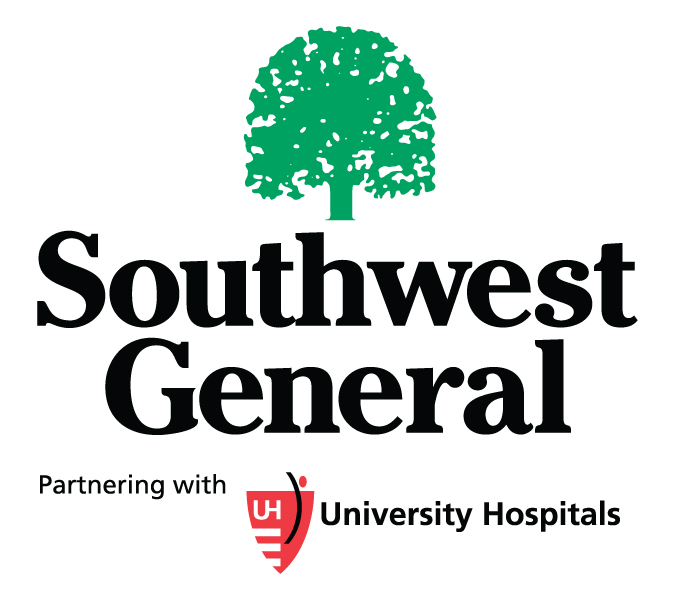Every four years, the city of North Royalton views the city’s population overall and how each ward has been affected. With the growth or decline in certain areas of the wards, the city then redistricts them in order to accommodate the shift in population, making each ward even. This has taken place since 1978. The redistricting is done in accordance with the city’s charter.
According to the Charter of the city of North Royalton, “each ward shall be composed of contiguous and compact territory within the Municipality bounded by street lines and natural boundaries. Such equality of population shall be maintained by the Council by an adjustment of such boundaries as follows: Each four (4) years, commencing in the year of 1978, the Council shall make or cause to be made a survey of the population changes in the respective wards and enter a written report thereof upon its journal. In the event such survey discloses a decrease or an increase of population amounting to fifteen percent (15%) or more in any ward, an equalizing adjustment of boundaries shall be made by an ordinance of Council. Equalizing adjustments of boundaries may be made at more frequent intervals, if desired by Council, but no adjustment shall be effective with respect to any Municipal election unless the ordinance providing for such adjustment has been passed and publication or posting thereof has been completed at least ninety (90) days prior to the last date for filing nominating petitions for candidates in such election.”
Earlier this year, the Cuyahoga County Planning Commission was commissioned to do the study, at a cost of $2,200, with the approval of City Council. They utilized 2010 U.S. Census Bureau population figures and compared residential occupancy and demolition permits that were issued from April, 2010 through November, 2017, in order to establish the ward population estimates for this year.
The study was completed and the final report was recently sent to Council, who then introduced legislation at its May 1 meeting.
According to the study, updates to the current year (2014) were calculated using residential building occupancy permits provided by the City, covering the period from April, 2010 through March, 2014. Using current Census Bureau estimates for average household size, each single-family residential unit is estimated to represent 2.73 persons, while each multi-family or condominium unit is estimated to represent 1.77 persons. In total, 135 residential occupancy permits were issued across the City, for an estimated added population of 369 persons citywide.”
The findings of the study indicate that the city’s overall populations was found to have increased from 30,444 in 2010 to approximately 30,985 in 2017, an increase of 658 person, or 1.08%. In total, 258 new residential occupancy permits were issued across the city during the seven-year period for the estimated added population of 658 persons citywide. An estimated loss was 117 persons and was attributable to demolitions, resulting in a net citywide increase of 541 persons from 2010 to 2017. On a per-ward basis, population changes ranged from -0.1% in Ward 4 to +5.23% in Ward 3. It concluded that since the population change does not exceed 15% in any one ward, the equalizing is not necessary. This has been the case in the past three studies.
Council President Larry Antoskiewicz said that he feels the legislation will be adopted, as the changes are subtle. “Otherwise, it’s more trouble than it’s worth,” noting that with ward redistricting, voters may then be placed in different wards, which can cause some confusion.
By GLORIA PLEVA KACIK
Contributing Writer














